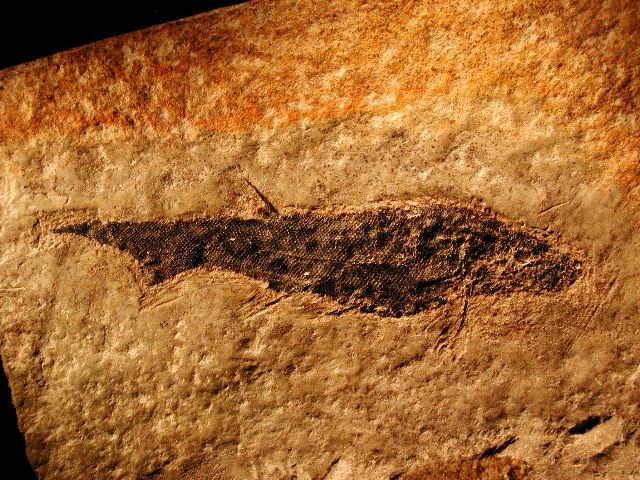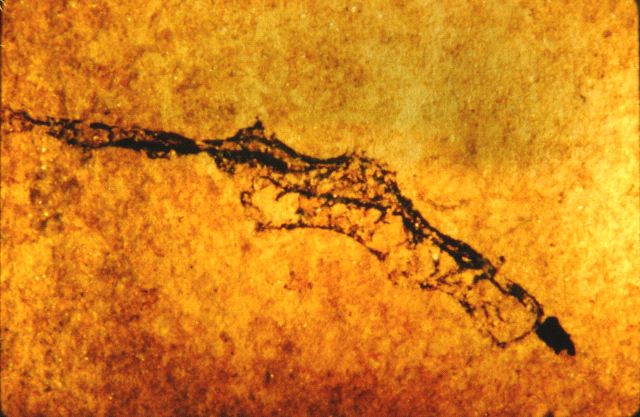[Recent Entries][Archive][Friends][User Info]
| Time | Text |
|---|---|
| 06:14 pm [Link] |
Triazeugacanthus Триазеугакантус (Triazeugacanthus). Карбон-ранняя Пермь. Не имел зубов. Зубообразные выросты на жабрах, видимо фильтратор. Более 2м. Triazeugacanthus ranged from half a centimetre to six centimetres long, and each fin – with the exception of the caudal fin – contains a stout spine, which is the diagnostic feature of the group. The dorsal fin is set very far back, and the anal fin a little bit more forward. It had pelvic and pectoral fins, and between them a small pair of spines. Like all acanthodians, Triazeugacanthus had an epicercal tail. In 1935, the British paleontologist W. Graham-Smith published his descriptions of a small enigmatic Miguasha species he named Scaumenella mesacanthi. This species seemed closely related to Triazeugacanthus because both were found in equal abundance within some sedimentary layers. The fossils consisted of thin traces of carbon, which led Smith to assume that Scaumenella was a very primitive vertebrate. Other researchers suggested alternative interpretations for the animal, such as ostracoderm larvae, prochordata, or other invertebrates with morphologies similar to vertebrates.
|
| Reply: | |



